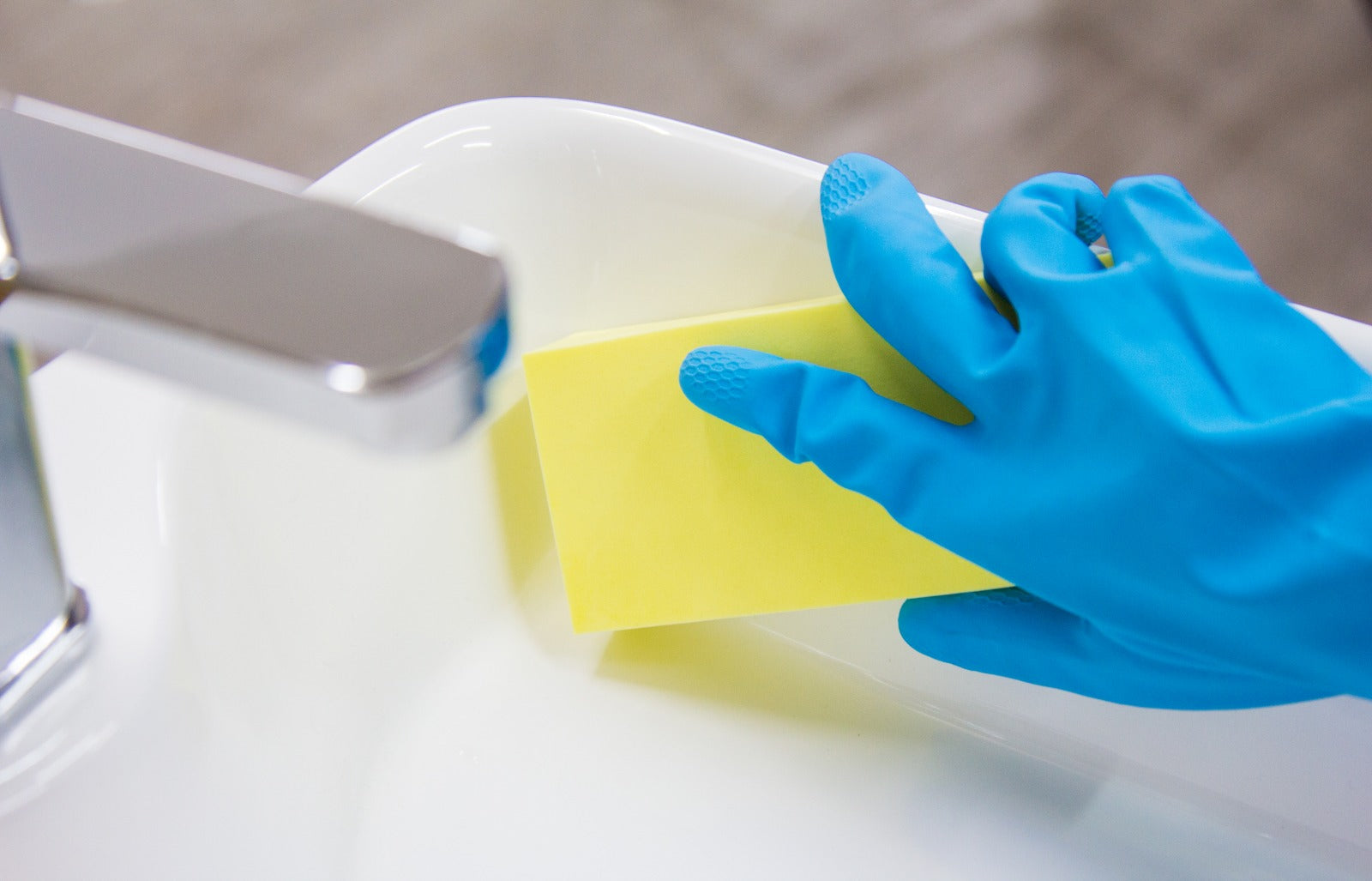10 habits to keep your bathroom mold stain free
Posted by SKYLAR GLOBAL

You should control the moisture level in the room to prevent mold stain
The bathroom is the best place for mold stain because of its moist environment. The steady supply of moisture from steam and water left in showers and toilets, mold stain can grow fast and easily if you don’t take any preventive measures. Therefore, if you want to keep the room clean, healthy, and safe (preventing the collapse of walls and ceilings), you should be consistent in your cleaning and follow these easy tips to reduce the moisture level in the room.
1. Open windows after the shower
If your bathroom has a window, you should open it up after a shower to allow fresh air and sunlight in. This can improve air circulation in the bathroom.  photo from iStock
photo from iStock
2. Always switch on the bathroom fan.
Other than opening up the bathroom windows, you can also switch on the bathroom fan and leave it running for at least half an hour after the shower.

photo from iStock
3. Squeegee after every shower
Moisture from a shower or bath that sits on the walls of the shower or tub can lead to mold stain. The best way to prevent this from happening is to use a PVA Sponge, which is super absorbent, to wipe down the glass and tile after every shower to remove excess moisture. It holds 5 times its weight in liquid, water spills around the sink can be held up completely and drip-free. The water spills can be wrung out easily, the sponge is soft when wet, rigid when dry, preventing mold staining on it.

photo from iStock
4. Put your shower products on a soap dish or rack
If you leave your bottles of shampoo and body wash on a solid surface, water can be trapped under and behind the bottles easily. You may also wipe the water off from the bottles regularly to prevent mold stain.

photo from iStock
5. Hang your wash ray, loofah or sponge to dry
It gives chances for mold stain to grow if you leave your sponge on the shower surface. In a study published by the Journal of Clinical Microbiology, researchers discovered that all of the gross stuff you scrub off of your skin becomes entrapped in the nooks and crannies of the netting. The bacteria trapped in your bath sponge multiply and spread overnight.

photo from iStock
6. Keep the door or curtain open after each shower
If you have a shower with a door, leave the door open. This can allow air to circulate.
 photo from iStock
photo from iStock
7. Wash your shower curtain liner regularly
Shower curtains are prime targets for mildew stain that can make your curtain looks disgusting and smelly. You can simply wash the plastic shower curtain in the washing machine.
 photo from iStock
photo from iStock
8. Wash your towels frequently
The best way to prevent germs from growing on your bath towel is to let it dry completely between each use, and wash it frequently. You are advised to wash the bath towels after three uses. Regular laundry is sufficient to clean towels and remove germs.
 photo from iStock
photo from iStock
9. Wash bath mats regularly
Hand-washing the bath mat in the sink or in the washing machine once a week can lower the chance of the growth of mold stain. You may also buy a mildew-resistant bath mat that can handle excess water and prevent the growth of mold stain and bacteria.

photo from iStock
10. Wipe up water whenever you see it
The ideal habitat is created every time you wash your face and hands in the sink. Mold stains are likely to grow in the toilet sink if we ignore the water spills around. Place a PVA Sponge in your bathroom, which is very absorbent, to wipe up standing water as often as possible, especially the counter if it gets wet from hand-washing. After wiping down the counter, squeeze the sponge to let the dirt out and rinse it by clean water. Hang it dry in a well-ventilated area after every use.

